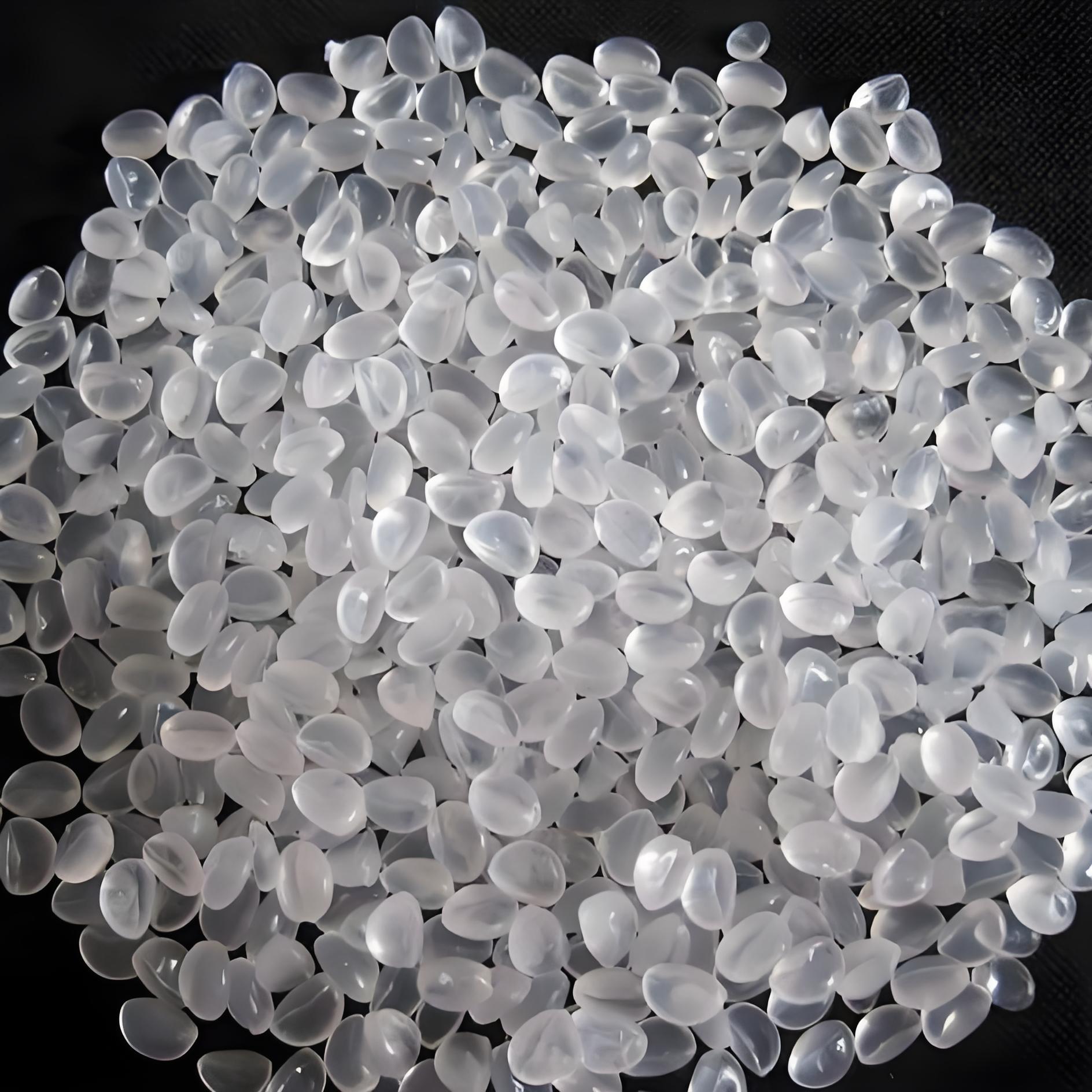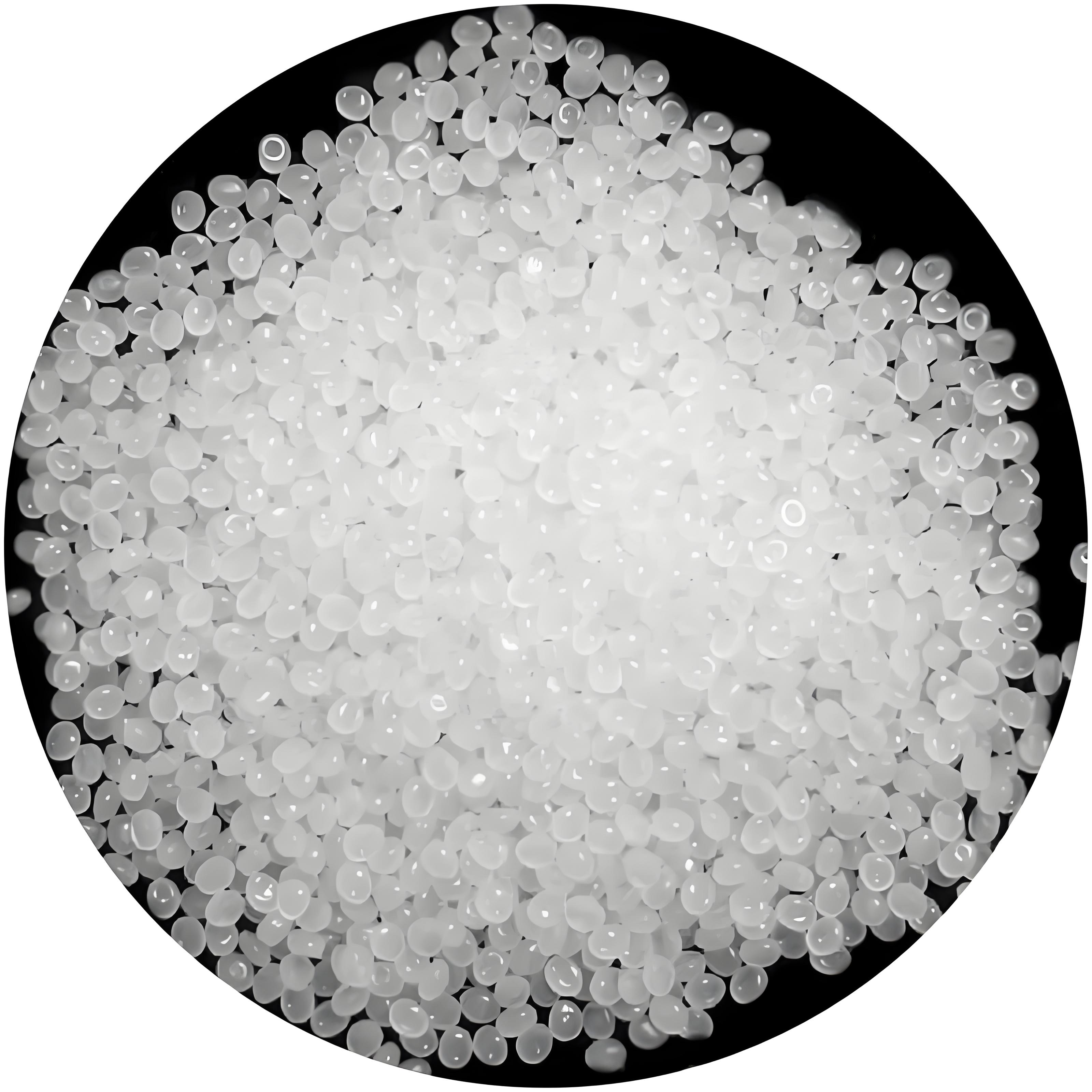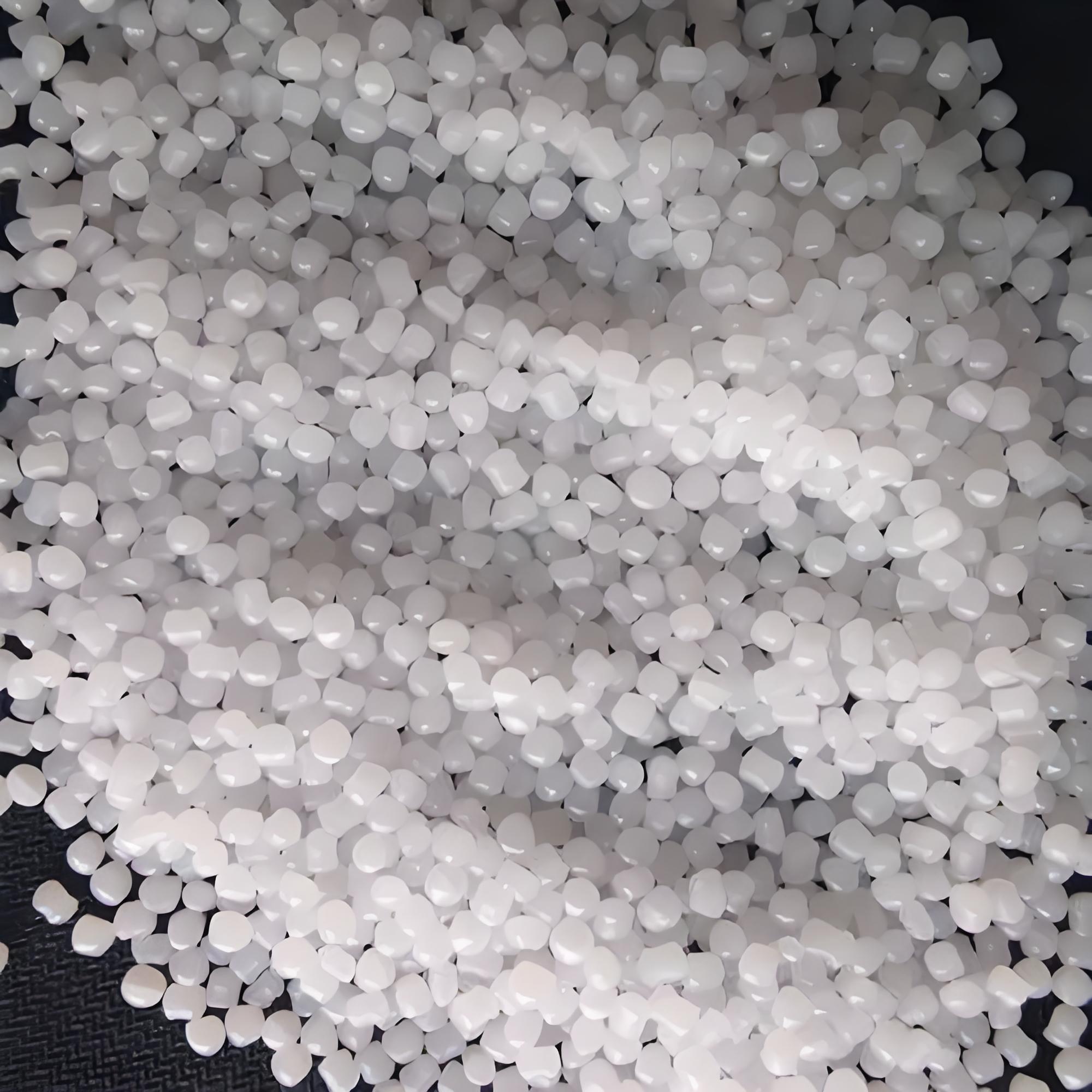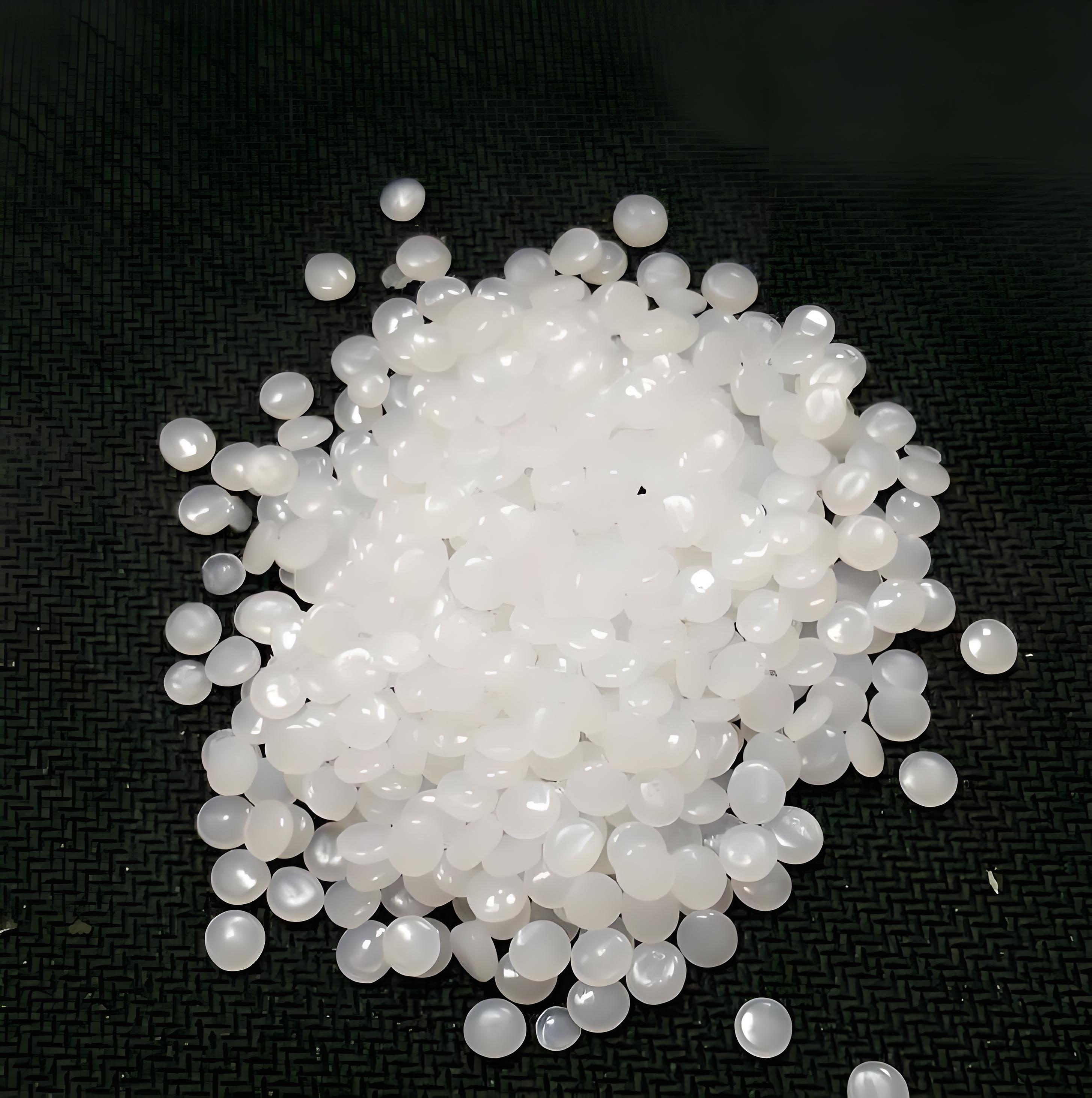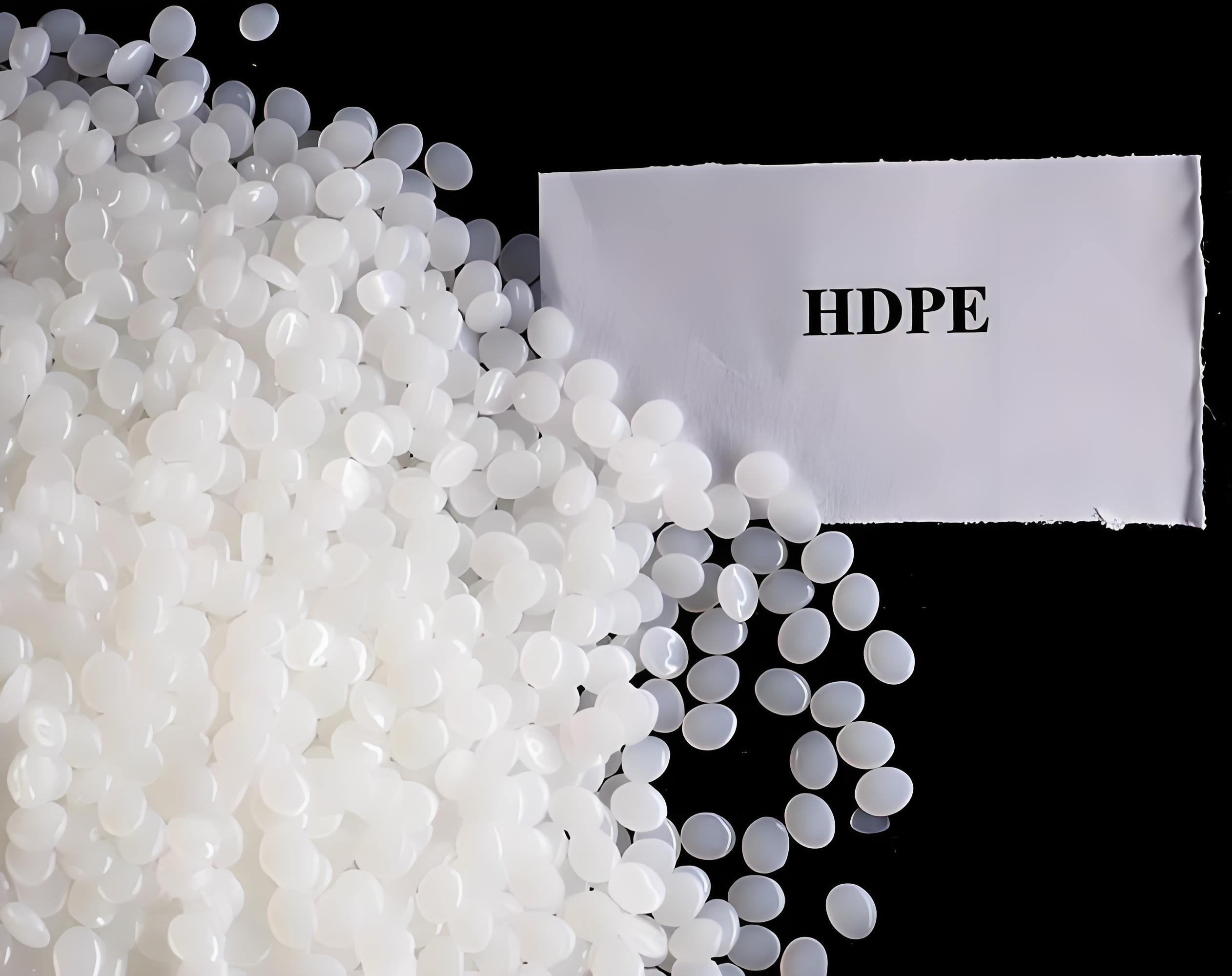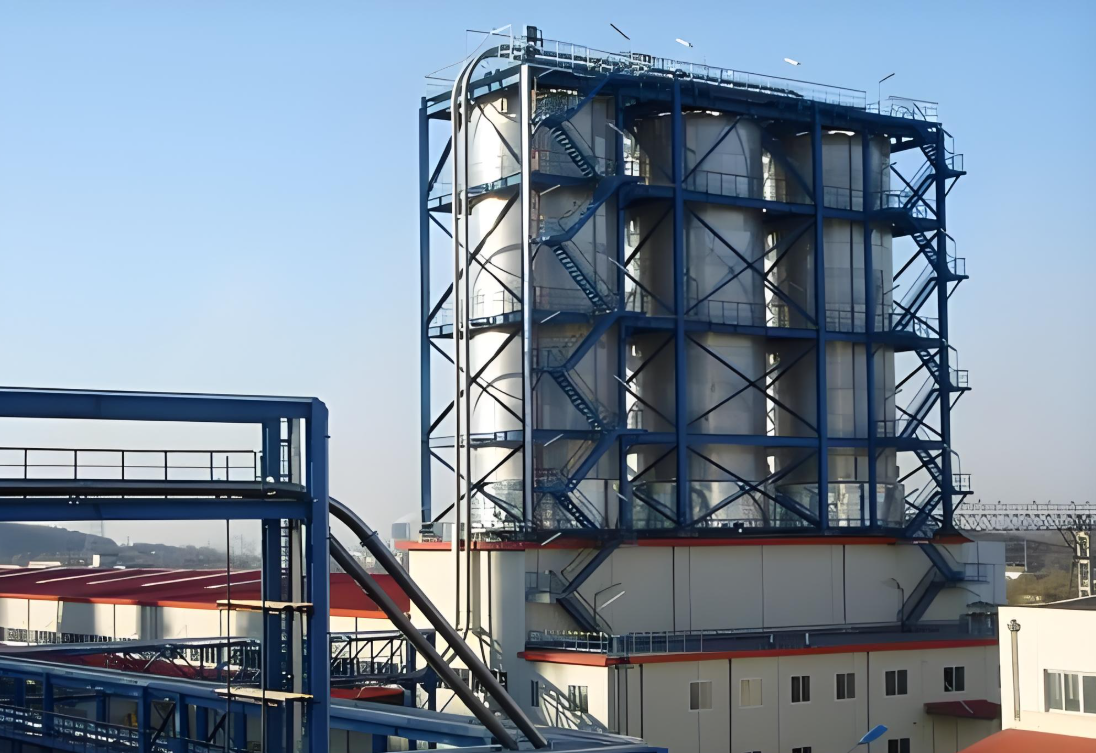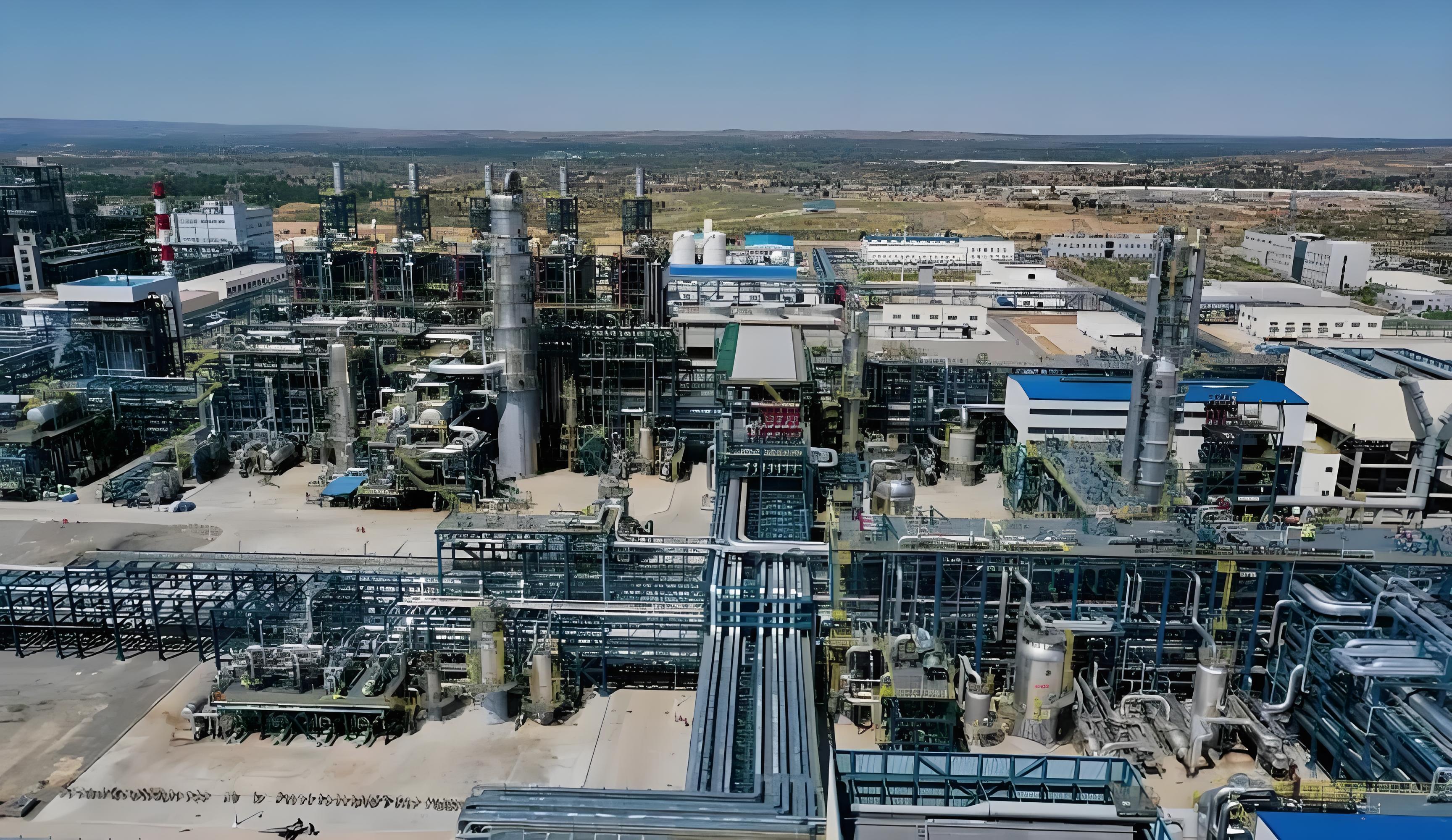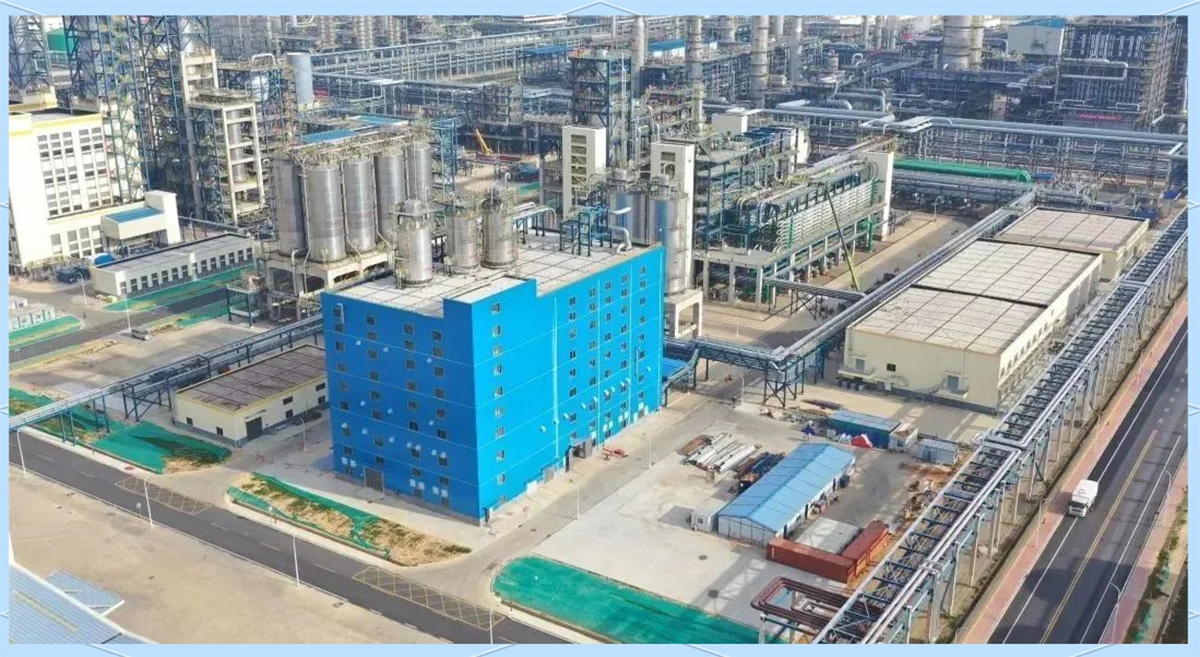High density polyethylene (HDPE) pneumatic conveying
Shandong Dongkai can provide turnkey projects such as process demonstration, design, equipment production, equipment installation, and system debugging for high-density polyethylene (HDPE) pneumatic conveying systems based on the actual production and on-site layout of HDPE materials.
High density polyethylene (HDPE) is a white powder or granular product. Non toxic, odorless, with a crystallinity of 80% to 90%, a softening point of 125 to 135 ℃, and a usage temperature of up to 100 ℃; Hardness, tensile strength, and creep resistance are superior to low-density polyethylene; Good wear resistance, electrical insulation, toughness, and cold resistance; Good chemical stability, insoluble in any organic solvent at room temperature, resistant to acid, alkali, and corrosion by various salts.
English abbreviation: HDPE
Chinese full name: High density polyethylene
Commonly known as low-pressure ethylene
Constituent monomer: ethylene
Basic characteristics: High density polyethylene is an opaque white wax like material with a specific gravity lighter than water, ranging from 0.941 to 0.960. It is soft and tough, but slightly harder and more stretchable than LDPE. It is non-toxic and odorless.
Combustion characteristics: Flammable, can continue to burn after leaving the fire, with a yellow flame at the top and a blue flame at the bottom. It melts during combustion, with liquid droplets and no black smoke emitted. At the same time, it emits the odor of paraffin burning.
Main advantages: acid and alkali resistance, organic solvent resistance, excellent electrical insulation, and can maintain a certain degree of toughness even at low temperatures. Surface hardness, tensile strength, rigidity and other mechanical strengths are higher than LDPE, close to PP, and tougher than PP, but the surface smoothness is not as good as PP.
Main disadvantages: poor mechanical performance, poor breathability, easy deformation, easy aging, easy brittleness, lower brittleness than PP, easy stress cracking, low surface hardness, and easy scratching. Difficult to print, surface discharge treatment is required during printing, electroplating is not allowed, and the surface is dull.
Application: Used for extruding packaging films, ropes, woven bags, fishing nets, water pipes; Injection molding of low-grade daily necessities and shells, non load bearing components, rubber boxes, turnover boxes; Extrusion blow molded containers, hollow products, bottles.
Injection molding process: HDPE has countless applications, ranging from reusable thin-walled beverage cups to 5-gsl cans, consuming 1/5 of domestically produced HDPE. The injection molding grade generally has a melt index of 5-10, with lower toughness and higher workability grades. Uses include thin-walled packaging for daily necessities and food; Resilient and durable food and paint cans; High resistance to environmental stress cracking applications, such as small engine fuel tanks and 90 gal garbage cans.
The melting point of general HDPE is 142 ℃, and the decomposition temperature is 300 ℃; The adjustable range of injection molding temperature is relatively large. During injection molding, the general operating temperature is between 180 ℃ and 230 ℃; As an olefin plastic, it does not absorb water and does not require drying during production. However, for product quality, it can be dried at 60 ℃ for 1 hour to remove floating water; The melt viscosity of polyethylene is high, and the flow length ratio is small. Thin walled products may lack glue, so the sprue and runner are relatively large; The product is prone to static electricity and the surface is prone to absorbing dust. The shrinkage rate is 16 ‰, and the overflow value is 0.05mm.
